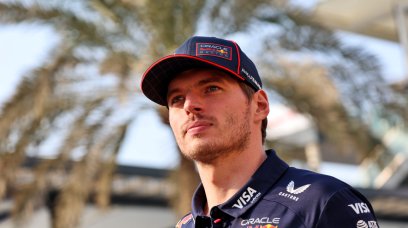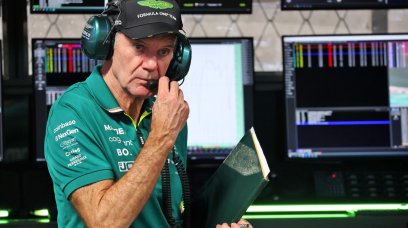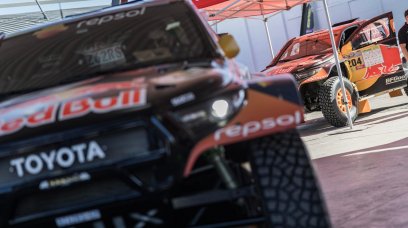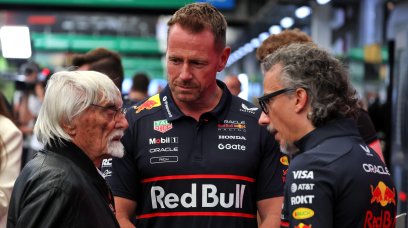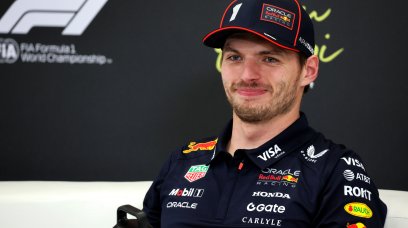McLaren's James Key has explained why the FIA are waiting until 2023 to make regulation changes to address porpoising, despite it being raised as a safety concern. The issue of cars bouncing has been much-discussed during 2022, with several drivers – including Lewis Hamilton and Pierre Gasly – claiming to have suffered physical side effects from the impact. As of 2023, new rules will be introduced aimed at tackling the problem. This will include raising the ride height of cars by 15 millimetres, as well as additional regulations for the floor of the cars. The changes have been made to ensure safety, perhaps leading to questions over why it has not been introduced with immediate effect.
Discussions over porpoising rules a "very open discussion"
Reflecting on the process of developing the new regulations, Key says that the discussion has been an open one between the FIA, drivers and teams. "It's been a very open discussion, I think as it always is, particularly with safety matters," Key told RacingNews365.com while speaking to the media. "I think the FIA recognised a growing concern for the welfare of the drivers, and the potential for something to happen due to a car that's excessively bouncing in a high-speed corner or something. "There's risks, and they take that sort of thing very seriously, and engaged 100 per cent with the drivers and the teams, as they always do." Key – who works as Executive Technical Director for McLaren – added of the plans: "For me, if you have a safety concern, you can't sort of backtrack and say, 'Actually, it's not a problem anymore'. "I think you've got to investigate it thoroughly and make sure that you make the right decisions. "Porpoising doesn't bring anything to the sport, and we're supportive of [efforts to] get rid of it, so we can all get on with developing cars in a slightly safer environment."
Why the wait until 2023?
When pressed on why the rule change will not come into effect until 2023, Key gave his take on why this is the case by drawing comparison to the introduction of the Halo in 2018. "I'm going to draw a bit of a strange parallel to the Halo here," Key explained. "[It was a] totally different project, and in terms of its magnitude of the safety to drivers, it's very significant. But there were lots of naysayers back; you remember all the comments of, 'It looks terrible, it's not Formula 1'. "But it was leveled, 'Why on earth not? There's definitely a danger there'. And now look, a few years later. "[Porpoising] is a different magnitude entirely, it's much lower, but it's kind of a similar thing. Let's just go and fix it." Key acknowledges that the budget cap is a consideration in when the rule can be brought in. "It costs money to investigate in a cost cap, which we can do without. It's a minor consideration, but it's true," Key continued. "[But] why not just do the sensible thing on safety grounds? Because that's the main concern."
Most read
